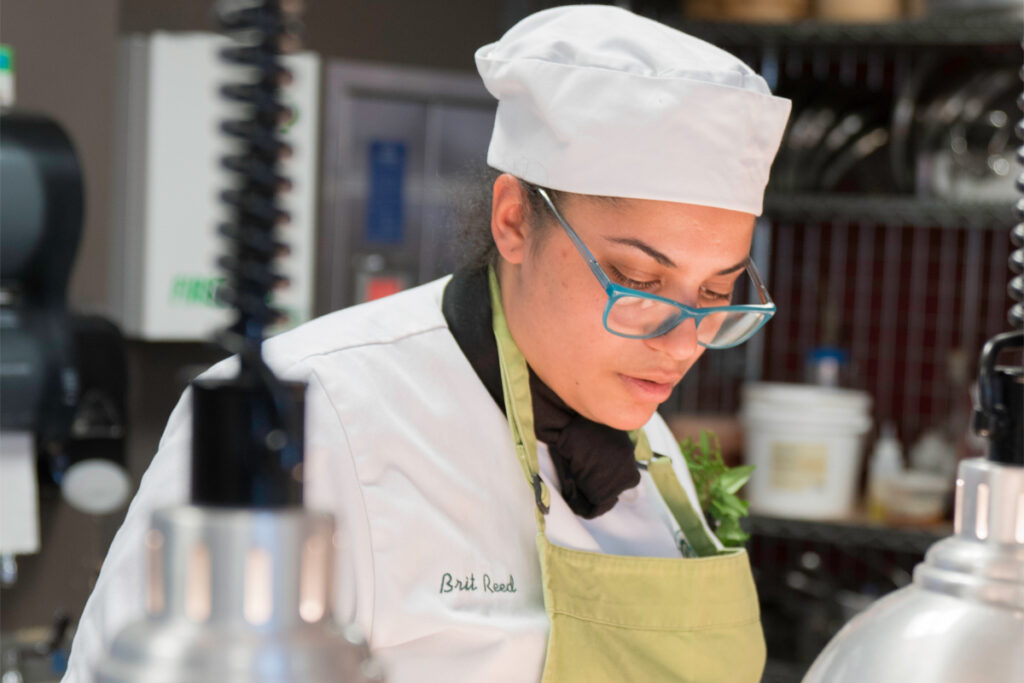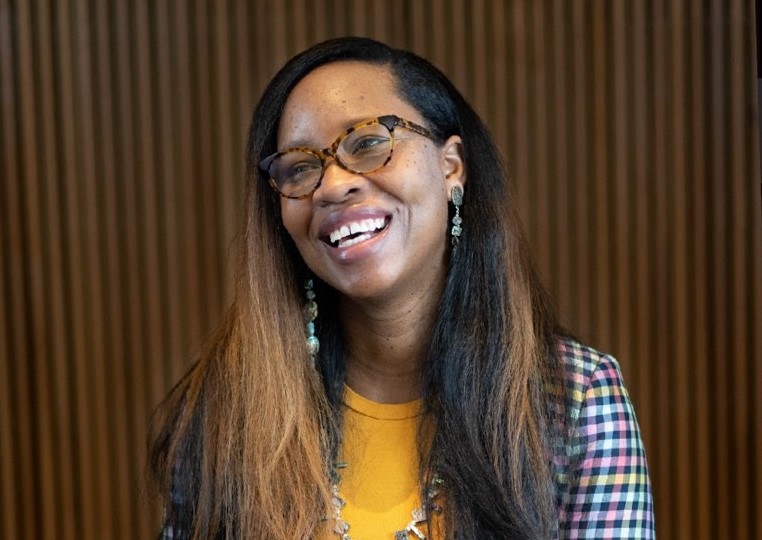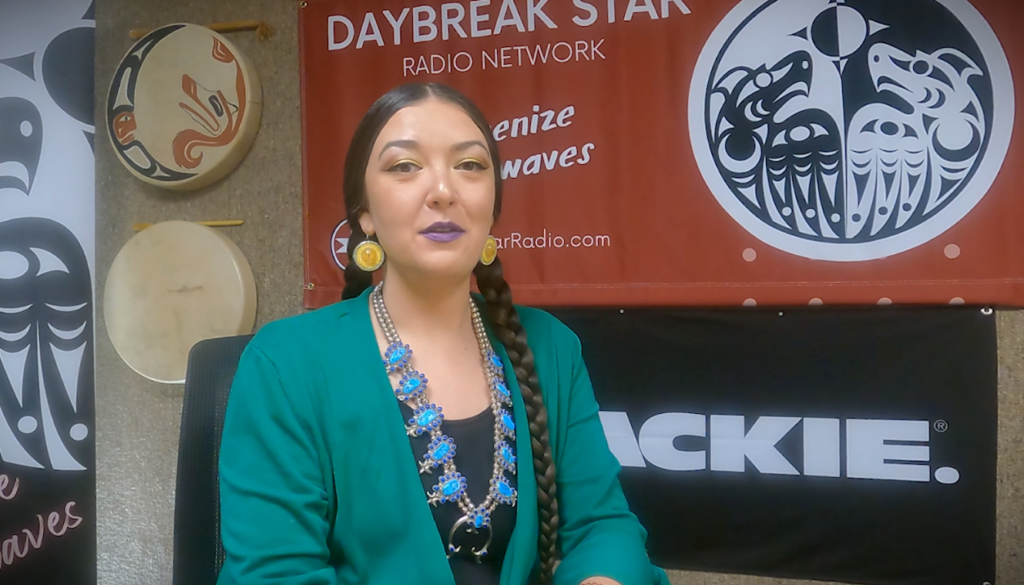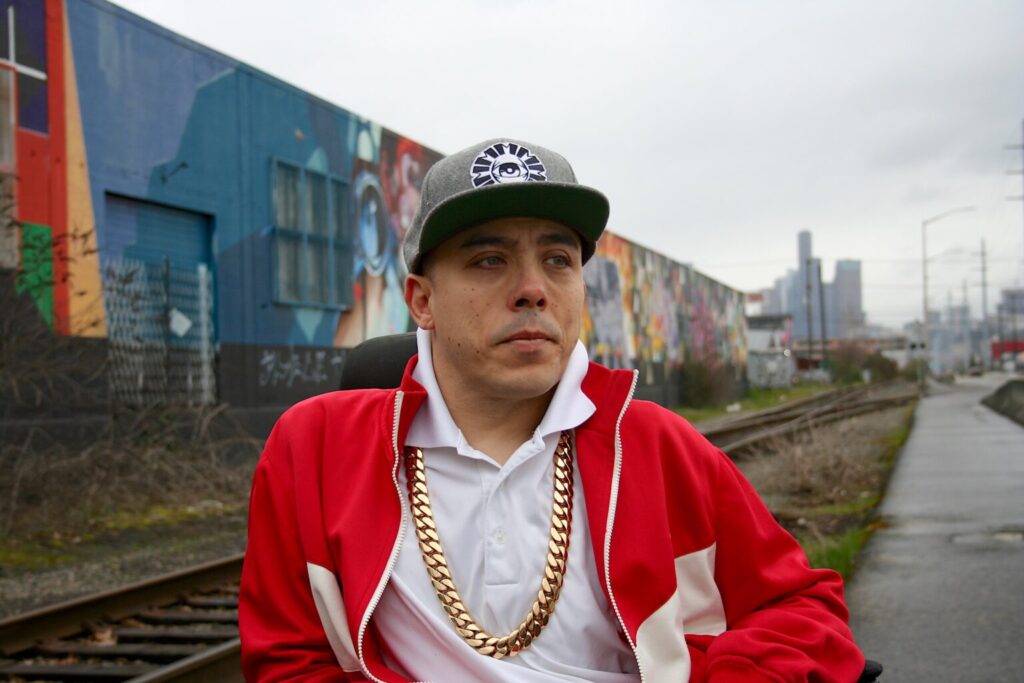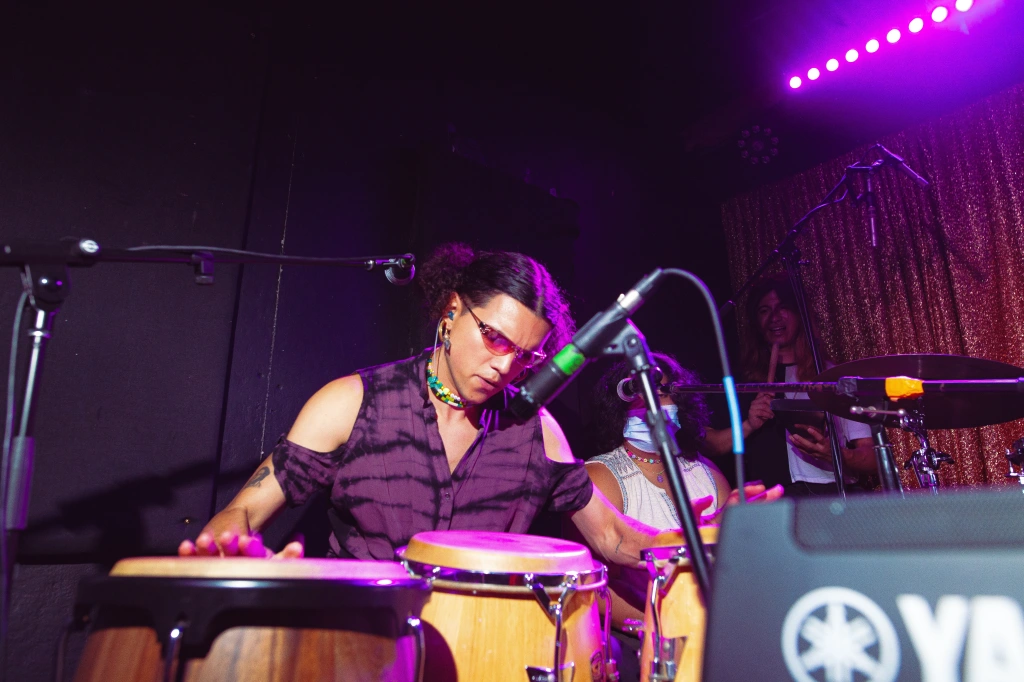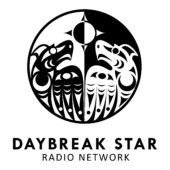yəhaw̓: Indigenous Creative Collective Story
Written by daybreak on August 13, 2024
Written by Leslie Jimenez
What does it mean to steward, re-matraite, and heal the land?
How does colonialism and capitalism manifest in environmental racism and toxic land contamination?
How can we secure a safe and thriving world for future ancestors through the centering and practice of Native Knowledge systems?
yəhaw̓, an Indigenous Creatives Collective which works towards “a future where all Indigenous creatives can thrive side-by-side,” addresses these questions and more. In this oral story, yəhaw̓ shares with us how we can collectively, through kinship ties, heal and address intergenerational and historical trauma, and the land. This means going past land acknowledgements to give land back to Native peoples, and centering, honoring, and practicing Native Knowledge systems.
The ongoing genocide, forced removal, and displacement of Native people is present in society and the land. yəhaw̓ discusses how all relatives, peoples, and the land may collectively heal and secure a future for generations to come through fulfillment of the seven fire, seventh generation prophecy. yəhaw̓ highlights the strength, power, beauty, and brilliance that lived, lives, and will continue to live and thrive within Native communities. To honor and collectively practice active listening, please listen to the full story shared by Yehaw. I do not tell their story as they are the storytellers, still alive, here, and thriving.
A few notes on background information As we listen to this story, we must reckon with the implications of the Doctrine of Discovery (which still stands today) and the Declaration of Independence, which refers to Native people as “merciless Indian savages.” And while there is supposed to be a full government-to-government relationship, the U.S. government continues to violate sovereignty rights. This shows up in countless actions, including the Indian Removal Act of 1830, the Dawes Act of 1887, the Indian Reorganization Act, and the policy of tribal termination. At the time same, Native peoples have advocated for self-determination and sovereignty rights. Some examples include the Indian Self-determination and Education Act and the American Indian Probate Reform Act (AIPRA).
It is important to note the ways in which colonialism continues to contribute to the displacement, erasure, and subjugation of Native people. In knowing and acknowledging the past and present, we can learn from it, and interrupt cycles of violence.
“Why Native Stories, and the Impacts of Land Contamination” is a collaborative series, in partnership with King County, that explores the environmental legacy of the ASARCO Tacoma Smelter on Native communities. Through storytelling, this initiative highlights their resilience, examining how environmental challenges intersect with their rights, culture, and future, while advocating for justice and sustainability.
